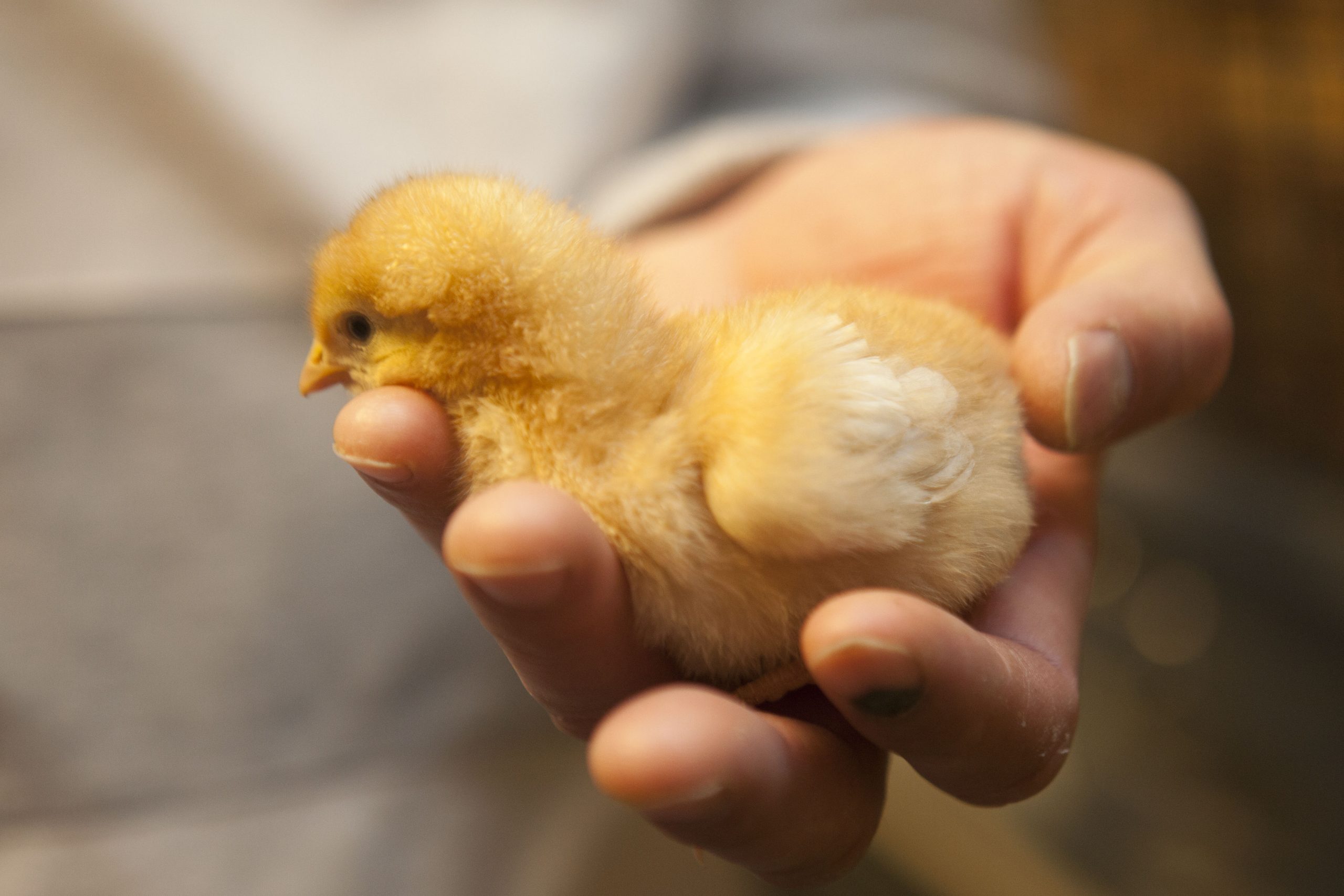Can we measure gut health?

Are we (finally) ready to measure gut health in animals? It seems that many biomarkers have been found that will make it possible to actually measure whether the animal has a healthy or an unhealthy intestinal system. Experts from around the world shared their thoughts on this at the Adisseo Advancia Academy in Barcelona.
Gut health is a hot topic. Moreover, it is topical to understand what a healthy intestinal is (and what is not) to find soluble alternatives to antibiotics and to understand how newly formulated diets react in the gut system. When we zoom in on poultry, a healthy gut system is very important to make sure the nutrients are digested, taken up by the animal and hence have a growth or health promoting effect.
The gut microbiome (the bacteria that are present) plays a pivotal role in this. It is almost a matter of feeding the bacteria, instead of the bird, said Dr Filip van Immerseel from Ghent University in Belgium at the Adisseo event in Barcelona. “Often, we see that the gut of chickens are close to inflammation, because they have to perform at such a high level. When inflammation does occur, bacteria or fragments can attach to the cell walls of the gut lumen and start the inflammation cascade. We then say that the integrity of the intestinal wall is lost. This can be caused by pathogens, mycotoxins, coccidiostats, poor feed quality and enteric viruses for example.”
Van Immerseel explained that by feeding the (good) bacteria, gut health can be improved. Food for the bugs are for example cellulose, starch and other sugars. By digesting these ingredients, butyric and propionic acid are releases. Especially butyrate is wanted to support intestinal integrity. “Different bacteria and different enzymes are needed in the gut to be able to digest these compounds (food for the bugs). There is a constant competition going on between the good bacteria and bad bacteria and by making the environment as favourable as possible for the good ones, more butyrate can be formed, that hence benefits the animal,” explains Van Immerseel.
Looking for biomarkers
Dr Elisabeth Santin from the Curitiba University in Brazil delved deeper into how we can quantify a healthy or unhealthy gut in chickens. “We didn’t change a lot in how we look at the gut system of chickens, but a lot has changed in genetics and feeding. So do we need a different look / appreciation of the gut system?” For starters, she addresses that perceptions of what gut health means and how a healthy chicken gut should look like differs around the world. “It really depends on the challenges of that particular farm, the region and the human factor (different background, level of experience). The latter can lead to different lesion scores from the same bird,” Santin explained. From her extensive experience from the field (and visiting many poultry farms) and laboratory studies, it was concluded that it is possible to evaluate gut health by using biomarkers.
“You can have a nice looking gut, but the bird can still have a higher level of antibodies than a chicken that has a gut that actually have the disease.” In addition, the biomarkers should be easy and fast, non-invasive (blood or faeces) and should be applied before histology. From extensive research, already many biomarkers are selected. For example lactulose, manitol, presence of high levels of LPS, the loss of claudin-3 (the major sealing tight junction protein), fatty acid binging proteins or inflammatory markers such as α1 acute phase protein and myeloperoxidase. Santin concluded by addressing that the human factor remains key. “We need to educate the people that work with poultry farmers and look at chickens on the farm (or open them up, when there is a sick bird). When they know what to look for, they can react more adequately in field situations.”











